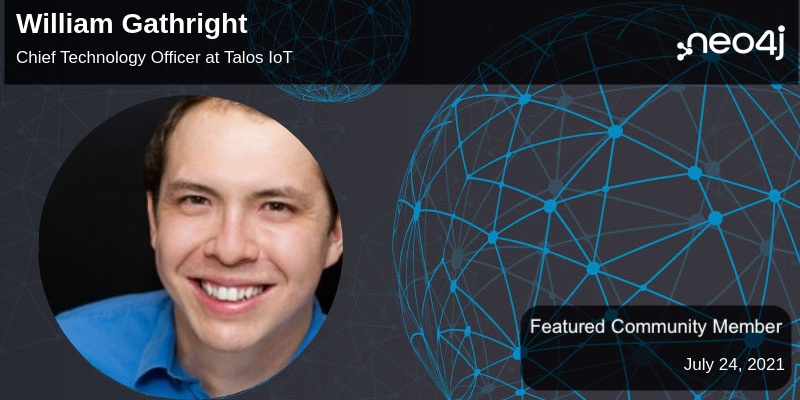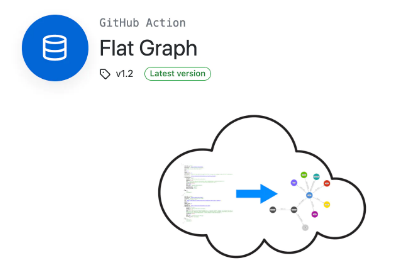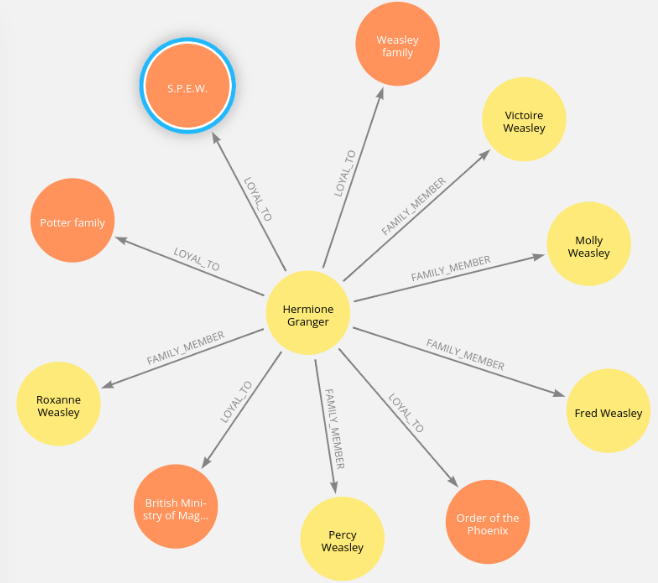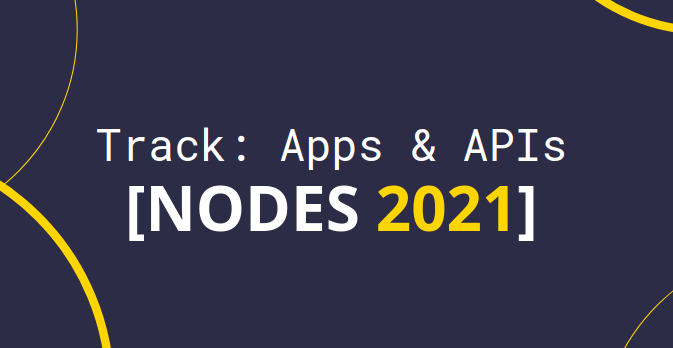Hello, everyone!
I’m leaving for some time off next week but I don’t want to leave you without the weekly update from the Neo4j ecosystem. I have three call-outs to make, and then let you digest the amazing content from this week.
First of all: Neo4j Certification T-Shirts are back for the summer! Get yours in one of many colors and show off your skills.
Starting early next Monday (8AM UTC), Lju and Alex will pick a dataset each week on our Twitch Channel and discuss how to model, import and query it. For those of you that can’t make it, the recording will be ready when you wake up. If you want to suggest datasets please let them know in Discord.
We are hiring a Product Manager for Neo4j GraphQL tooling. They would be responsible for shaping the future of GraphQL integrations for Neo4j and work with a great team!
So if you know someone who is a great fit (including yourself) please apply here.
Have a great weekend and enjoy the newsletter.
Cheers, Michael
Featured Community Member: William Gathright
This week’s featured community member is William Gathright.

William Gathright – This Week’s Featured Community Member
Will is a Neo4j Certified Professional since 2020 and just published an article describing how to represent the Sovryn Blockchain as a graph. He discusses how decentralized finance can enable many new applications by supporting new instruments on established cryptocurrency infrastructure. In the article he also links his really cool explainer video of the knowledge graph he submitted to the Sovryn Hackathon.
William is CTO at Talos IoT an company providing more value and insights out of connected technology. He’s also CEO of Tumalow Energy Storage and and Vice Chairman of the VA Solar Energy/Storage authority. He’s versed in many things from material sciences, to solar and energy tech and high- and low-level software development.
Thanks a lot William for the article, and knowledge graph code. Making financial networks more transparent is always a good application of graph technology.
FlatGraph – A Neo4j integration for GitHubs FlatData – Lobste.rs Data Scraping

When GitHubs FlatData came out a few weeks ago, I was quite impressed about the ingenuity of using a build system to execute repeatable tasks for loading or transforming data and committing the data to a GitHub repository, to capture a historic trail. (Some could say almost a “git”chain).
Will wrote an integration to allow that data to be easily synched to a Neo4j database to incrementally build up a Knowledge Graph and applied it to the Lobste.rs API to scrape recent and hot articles and storing them in Neo4j AuraDB for free.
Just Like Magic: Turning a Harry Potter book into a Knowledge Graph with SpaCy and Neo4j

Avid readers know about the Game Of Thrones network character-interaction-graph analysis which is super interesting. If you wondered how to create the same yourself with any text of your chosing, Tomaz got you covered.
In a fascinating deep dive he explains how to use Spacy a powerful Python tool for Natural Language Processing (NLP) – to turn a magical book (Harry Potter) into magical graph.
Stay tuned for the next article which then applies some more data science to your favorite characters.
Quick, Temporary Neo4j Databases on Demand

For our GraphGist Portal we needed a new way of providing short-lived temporary Neo4j databases. Our old in-memory-db app didn’t cut it anymore after 6 years, so we decided to use the multi-database feature of Neo4j 4.x to realize the same.
To make it reusable the functionality was published as a javascript library (neo4j-labs/temp-dbs), that you can integrate into your testing setups or use elsewhere where you need a throw-away Neo4j db to execute some Cypher statements against (and possibly visualize the results).
It also allows to expire databases that are older than a certain time.
Find out more from Allison who wrote up an how to as a blog post.
NODES 2021 Videos – Apps & APIs Track

Building Applications or APIs to power them is the most exciting part for a developer as it gets the data into your users hands. In this track at NODES 2021 conference, pracitioners shared their learnings and tips on how to do that.
First we have Roland Haas and Asoke K Talukder explaining how infectious disesase knowledge graphs can help fight antibiotic resistance of bacteria. Then long-time Neo4j champion Koji Annoura demonstrates how to generate Cypher queries using the Web-Speech-API in your browser.
How to extend the popular Python backend package FastAPI for Neo4j is shown by Dave Bender, demoing FastGraph. Next is Antonio Origlia who builds virtual humans backed by a graph extension (Fantasia) in Unreal Engine 4.
A Gene Variant Graph is built by Matthew Gerring using GeneWeaver. Peter Bouda from Apiax shows their legal assistant built on a knowledge graph. Frederik Byl from KBC details their journeys with Neo4j from test automation to internal data marketplaces. Hari Nair from Dell, gives a quick overview of graph usages from entity linking to analysing business flows using graph algorithms.
Deliciously, Steve Blackmon and Yash Gad explain how PixWine uses graphs to power their wine search engine. And finally Arif Hanif serves GraphQL endpoints powered by HotChocolate a .Net GraphQL framework.
Loads of good talks to explore I hope I piqued your interest for this NODES track.
Hot Reload Your Infrastructure as Code with Skaffold

My colleague Max Andersson knows much more about infrastructure, cloud and devops than I will ever know.
In this article he shares how to use Skaffold to create executable and immutable infrastructure definitions for a Docker or Kubernetes setup in a concise way.
Recent Updates in Neo4j Bloom

Neo4j Bloom PM Jeff Gagnon summarizes the updates of the last 2 releases in this blog post. He covers better performance in search and visualization, as well as usability improvements with Auto-Perspectives and Style reordering.
A very cool new feature is in-scene filtering which allows you to hide temporarily or dismiss nodes based on property filters.
Kineviz Visual Query Builder
Kineviz released version 2.11 of their really cool graph visualization software GraphXR which now comes with a visual query builder for Cypher. It’s pretty impressive, you can build simple and complex Cypher queries and combining them. It also allows for in-memory querying of the visualized graph. The video explains it in much detail with a number of examples on the 2020 election dataset.
Tweet(s) of the Week
Bloodhound is an amazing cybersecurity tool built on top of Neo4j. Big thanks to Andrew Robbins and team for all your work. Andrew shares some of the recent cool features in a twitter thread.
(1/n). Awesome work. by @topotam77 here. Baiting computer auth is very powerful because computers, just like users, can have admin rights on other computers (and control of objects in AD). #BloodHound knows the admin rights. and privileges held by computer accounts: https://t.co/LUiynr0kAy
— Andrew Robbins (@_wald0) July 22, 2021
Don’t forget to RT if you liked it too!



